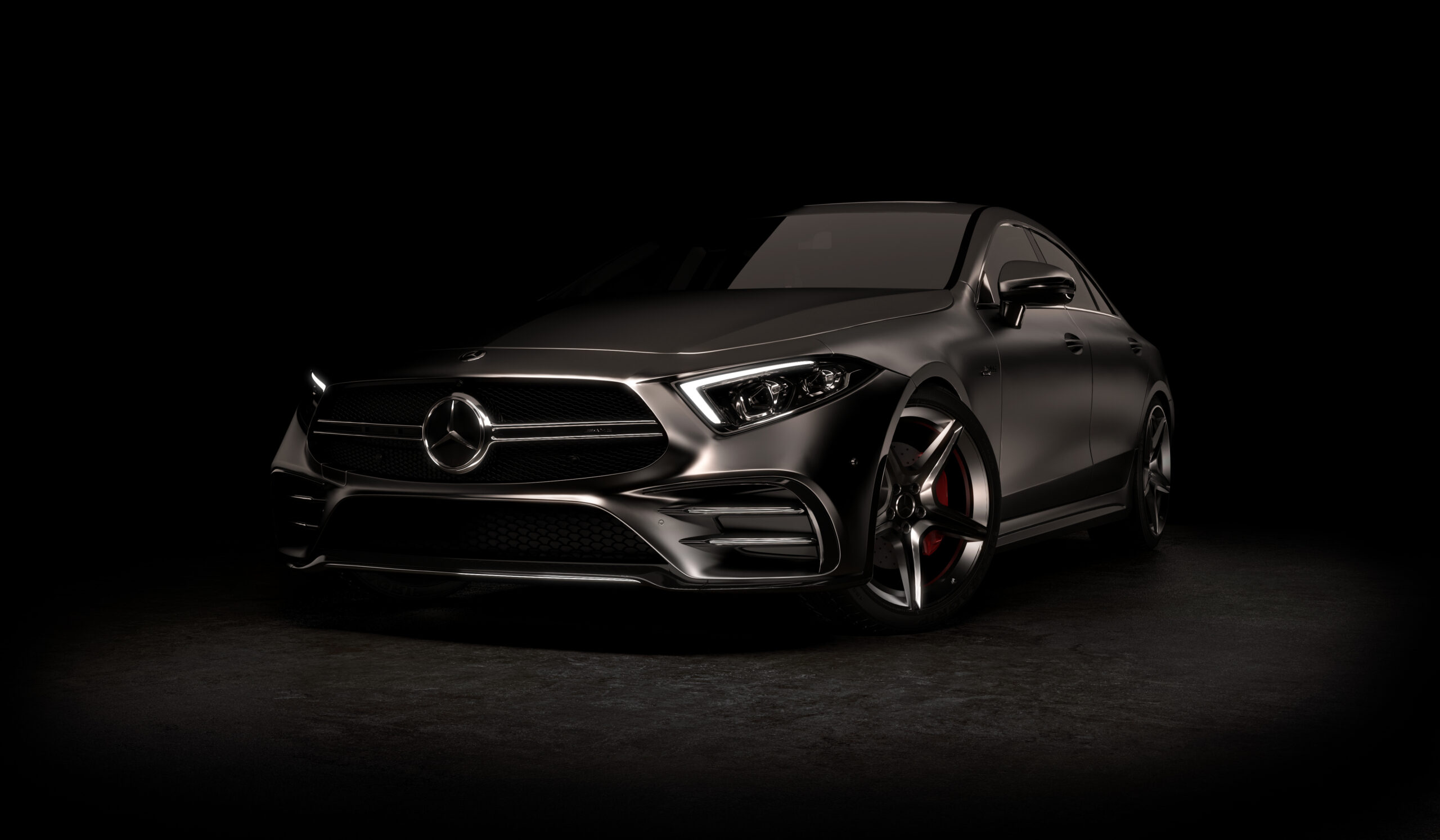When people ask me why I’m so passionate about cars, I always tell them it started with a Mercedes. I was just a kid when I first saw a vintage Mercedes-Benz parked on the street in Pittsburgh—polished chrome, sweeping lines, that iconic three-pointed star on the hood. It was elegance in motion, even when it wasn’t moving.
Years later, my garage tells the story. Restoring classic Mercedes-Benz vehicles has become more than just a hobby—it’s a way of connecting with history, craftsmanship, and innovation. As a proud member of the Mercedes-Benz Club of America, I’ve met enthusiasts from all walks of life, each of us drawn to the brand not just for its prestige, but for its legacy.
Mercedes-Benz isn’t just a carmaker. It’s a symbol of how precision engineering and thoughtful design can stand the test of time. Let’s take a ride through the decades and appreciate what makes this brand truly timeless.
The 1950s: Post-War Brilliance
The 1950s marked Mercedes-Benz’s return to the global stage after the devastation of World War II. This decade produced some of the most iconic vehicles in automotive history—most notably the 300SL Gullwing.
With its striking upward-opening doors and cutting-edge fuel injection system, the Gullwing wasn’t just beautiful—it was revolutionary. It was the fastest production car of its time and became a benchmark for performance. Even today, it remains a holy grail for collectors and enthusiasts.
But it wasn’t just about speed. Mercedes in the 1950s represented resilience and rebirth, a testament to the human spirit and the pursuit of excellence.
The 1960s: Class and Confidence
The 1960s were all about style and sophistication, and Mercedes-Benz vehicles of this era fit right in. Models like the W111 “Fintail” sedans and Pagoda-roof SLs (like the 230SL) brought a sense of elegance to everyday driving.
This is one of my favorite decades for restoration. The lines are clean, the engines are reliable, and the craftsmanship is second to none. These cars weren’t flashy—they were refined. They didn’t shout; they spoke with quiet confidence.
Owning or restoring a ’60s Benz is like owning a piece of fine architecture. Everything was built with intention, from the chrome trim to the hand-stitched interiors.
The 1970s: Innovation in Safety and Design
The 1970s weren’t easy on the auto industry, but Mercedes-Benz continued to lead. While other manufacturers struggled with emissions regulations and changing fuel standards, Mercedes used the challenge as an opportunity to innovate.
The W116 S-Class, launched in the early ‘70s, introduced features we now take for granted—crumple zones, ABS brakes, and more advanced climate control systems. Mercedes-Benz was serious about safety, and the S-Class became a testing ground for new technologies.
I’ve had the pleasure of working on a few ‘70s models. They’re overbuilt in the best way—solid, reliable, and surprisingly modern in their driving dynamics.
The 1980s: The Golden Age of Durability
Ask any long-time Benz fan, and they’ll likely mention the W123 and W126 models from the 1980s as some of the best cars ever made. These were the cars that earned Mercedes-Benz its reputation for longevity.
I still drive a 1985 300D that runs like a clock. Sure, it’s not the fastest thing on the road, but it’s bulletproof. The diesel engine is legendary, and the car just oozes character. The build quality is so good, you feel like you’re driving a bank vault.
The 1980s were about reliability, engineering integrity, and timeless design. These cars still turn heads—not because they’re flashy, but because they exude substance.
The 1990s: A Blend of Old and New
The 1990s saw Mercedes-Benz adapting to a rapidly changing world. The company introduced more electronically controlled systems and experimented with new styling trends. Models like the W140 S-Class and E-Class (W210) were packed with innovation—from double-pane windows to self-closing doors.
It was a transitional era—one foot in the analog world, the other stepping into the digital age. While some purists weren’t fans of the more modern electronics, I’ve come to appreciate these models for what they are: a bridge between eras.
Restoring a ‘90s Benz can be a challenge, especially with aging electronics, but it’s worth the effort. These vehicles still feel luxurious and advanced, even by today’s standards.
A Legacy That Endures
What makes Mercedes-Benz special to me isn’t just the engineering (though it’s exceptional) or the aesthetics (which are undeniably beautiful). It’s the consistent pursuit of quality, innovation, and elegance across generations.
Whether I’m turning a wrench under the hood of a ‘60s SL or polishing the chrome on a W123, I feel like I’m preserving a legacy—not just for myself, but for anyone who appreciates the art of automotive history.
Mercedes-Benz has always been about more than transportation. It’s about craftsmanship, vision, and a relentless desire to be better. Every decade tells a story, and every model carries that story forward.
Final Thoughts
People sometimes ask me, “Why Mercedes?” The answer is simple: No other brand blends precision, innovation, and soul quite like Mercedes-Benz. From post-war classics to modern marvels, it’s a brand that respects its past while pushing boldly into the future.
As a restorer, collector, and lifelong enthusiast, I see myself as just one small part of that story. And I’ll keep telling it—one bolt, one panel, one restoration at a time.
